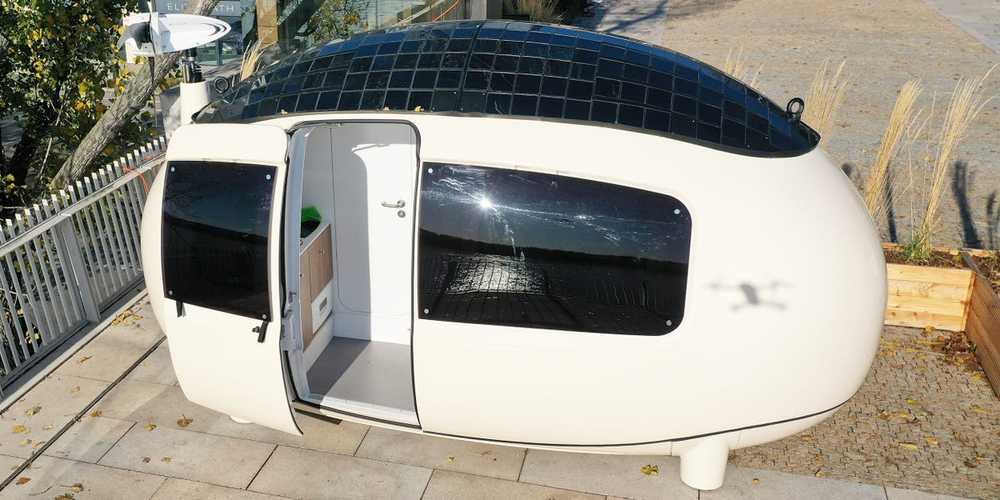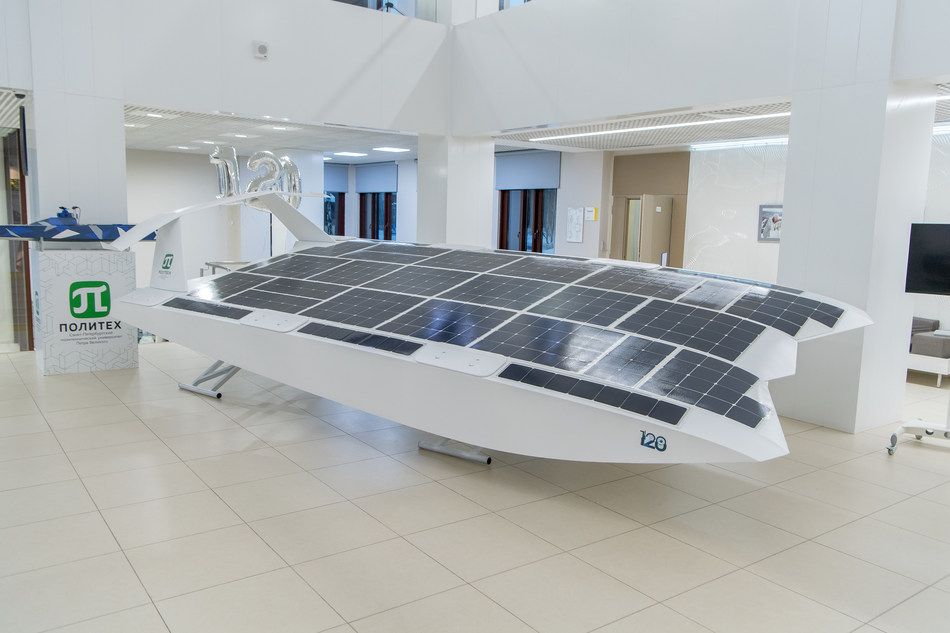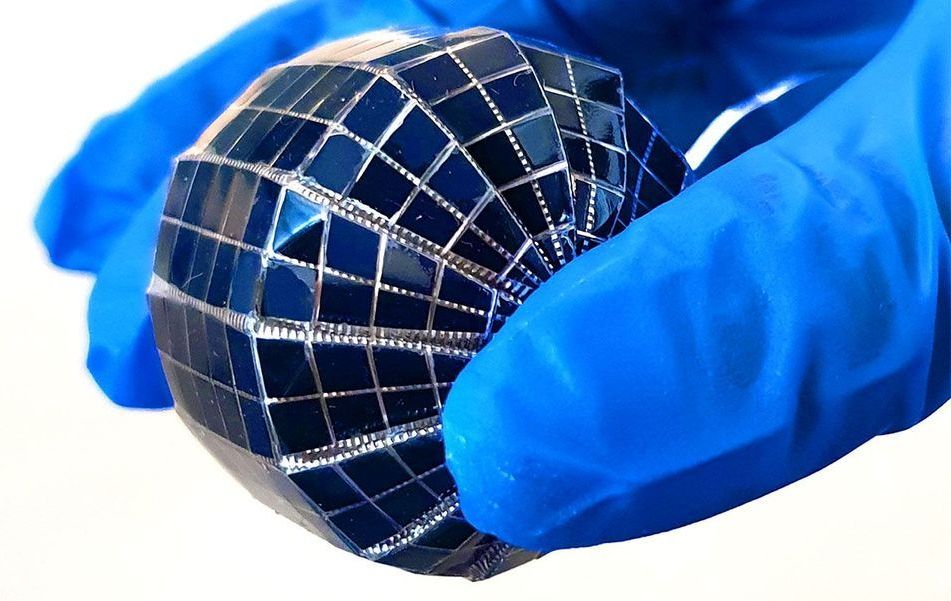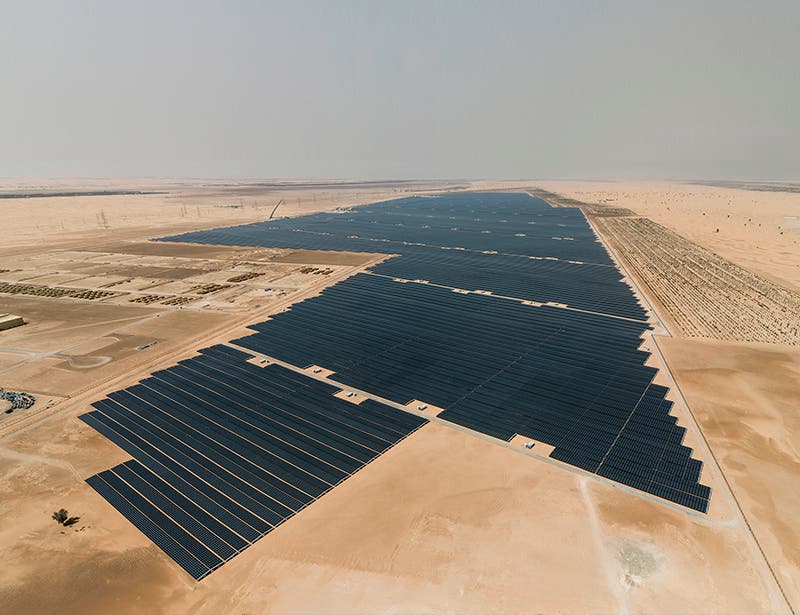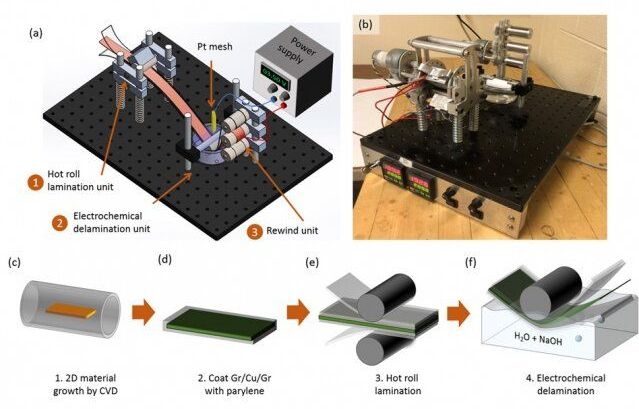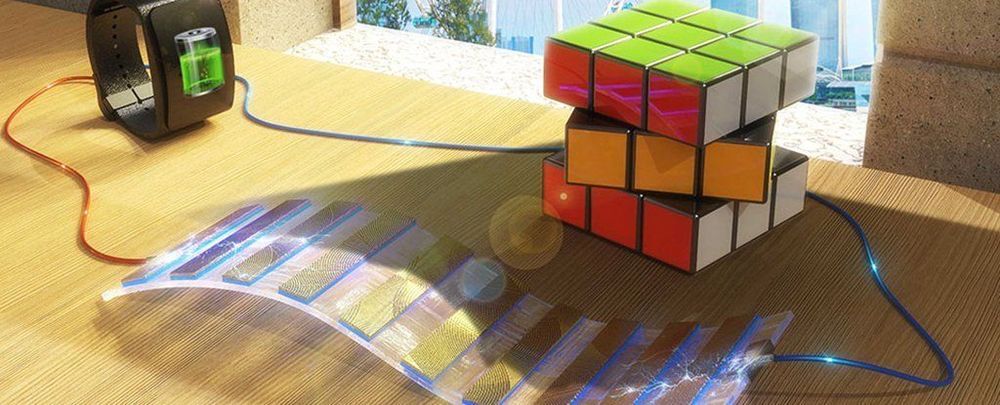A team of astronomers from Harvard and other institutions are collaborating on a new project to scan the skies for technological signatures from alien civilizations.
It’s a noteworthy new project, as it’s the first to receive a NASA grant for SETI-specific research in more than 30 years, according to a statement.
“Technosignatures relate to signatures of advanced alien technologies similar to, or perhaps more sophisticated than, what we possess,” said Avi Loeb, the chair of the Harvard astronomy department Harvard, in a statement. “Such signatures might include industrial pollution of atmospheres, city lights, photovoltaic cells (solar panels), megastructures, or swarms of satellites.”

